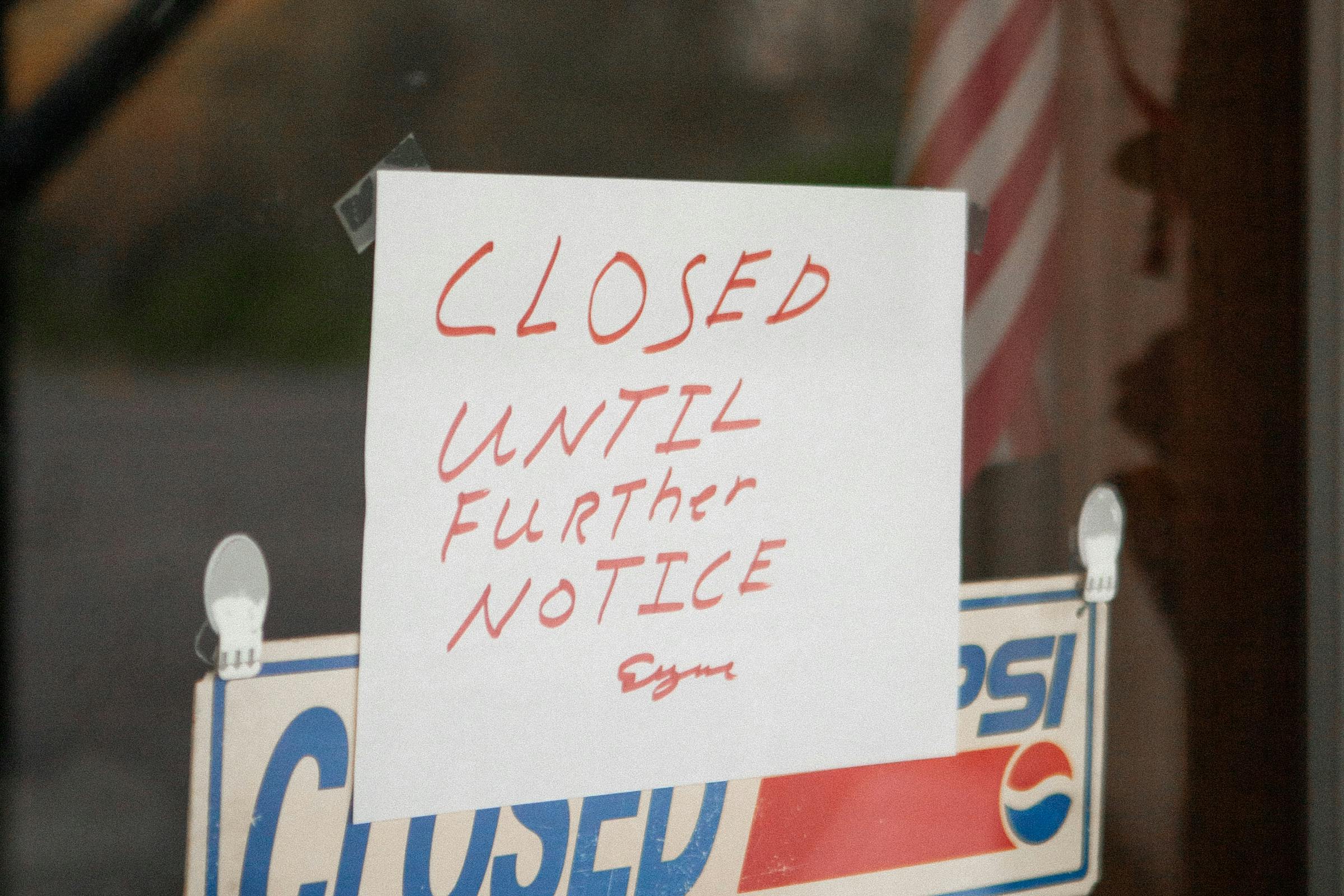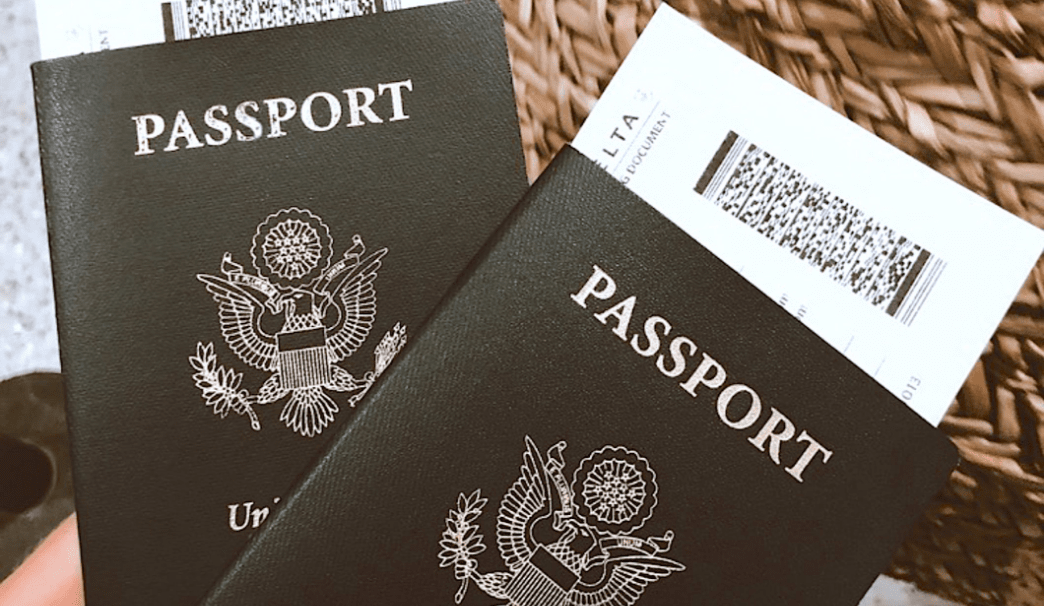The Proposal and What it Means
USCIS is an agency of the Department of Homeland Security in the US. It was formed to handle the naturalization and immigration system, but, as with many businesses and government agencies, budgets and overhead costs keep it from operating as efficiently as it could.
We’ve all seen the changes in inflation and the cost of living recently. Consider how prices have changed since 2016, the last time USCIS requested an increase in fees to help offset its costs. Technology has also evolved, but without a budget to cover IT systems, hardware, and software that could speed up the application process for H-1Bs and other visas, USCIS workers must continue to use often obsolete methods.
This could change if the proposed rule gets passed in 2023. The terms will bring in an additional two billion dollars annually without making significant increases to the individual petitions filed.
Previewing the New Fee Changes
The ruling proposes that fees are manipulated to be more in line with what the filer’s ability to pay is using a sliding scale. In other words, the annual income of the filer determines the fee they pay.
There is a fee waiver eligibility provision for low-income and vulnerable populations and new exemptions for qualified humanitarian programs. The fee increase is limited for naturalization applicants. Yet, business visas, like the H-1B program, will likely feel the majority of the impact of this proposal should it pass.
Some small businesses are already pushing the edges of their budgets to pay the fees and follow the regulations to hire foreign workers. It’s harder for them to absorb the costs, and this fee increase could cause them to look elsewhere or leave important positions vacant.
An overview of the proposed fee increase is here, with the fees written as current/proposed:
● H-1B Registration Fee (Cap): $10/$215
● H-1B Filing Fee: $460/$780
● O-1 Filing Fee: $460/$1055
● E and TN Filing Fee: $460/$1015
● L-1 Filing Fee: $460/$1,385
● I-765 Online Filing Fee for EAD: $410/$555
● I-765 Paper Filing Fee for EAD: $410/$650
● I-485 Application for Adjustment of Status: $1140/$1540
● I-131 Application for Travel Document: $575/$630
● Petition by Investor to Remove Conditions on Permanent Residence: $3750/$9525
As you see, some of these increases are minimal, while some are significant.
Other Suggestions in the Proposal
Fee changes are a small but impactful and vital part of the proposal. Still, there’s more. If all of the terms go through, USCIS has proposed changes such as:
● Separate filing fees for the various Form I-129 petition categories,
● Including the cost of biometrics in the main fee (currently, it’s an additional cost but a required service),
● Adjusting the timeframe for premium processing to read as 15 business days rather than calendar days,
● Instituting a limit on how many nonimmigrant beneficiaries are allowed on certain petitions,
● Reducing the fees for some cases if they’re filed online,
● Adding a $600 surcharge to fee-paying I-129 and I-140 petitions, which helps cover the cost of asylum processing.
We’ll find out after March 6, 2023, if this proposed rule goes through as is. If it does, the new fee schedule won’t take effect until the final rule is officially published in the Federal Register, which will likely be a slow process.
What’s Next?
Looking at filing for an H-1B visa petition? Contact Visa2US today to get started. We’ll guide you through the steps of the process and help you understand how the fee changes may impact you.
At Visa2US, we know the ins and outs of dealing with the Department of Labor and the US Citizenship and Immigration Services. While it’s probably stressful for you, it’s part of our job, and we do it all the time.
We’ve helped countless foreign employees and US-based employers connect and form successful work partnerships. Get your application filed soon to avoid the hefty fee increases later!














